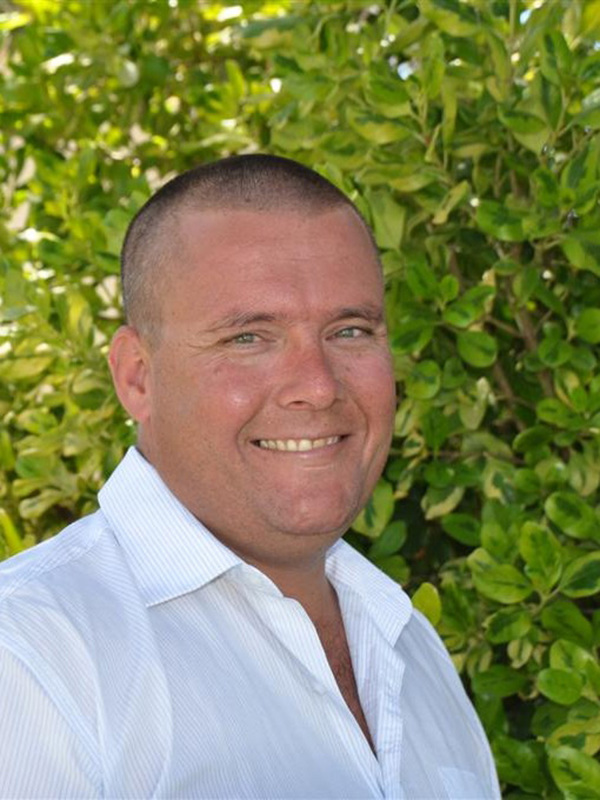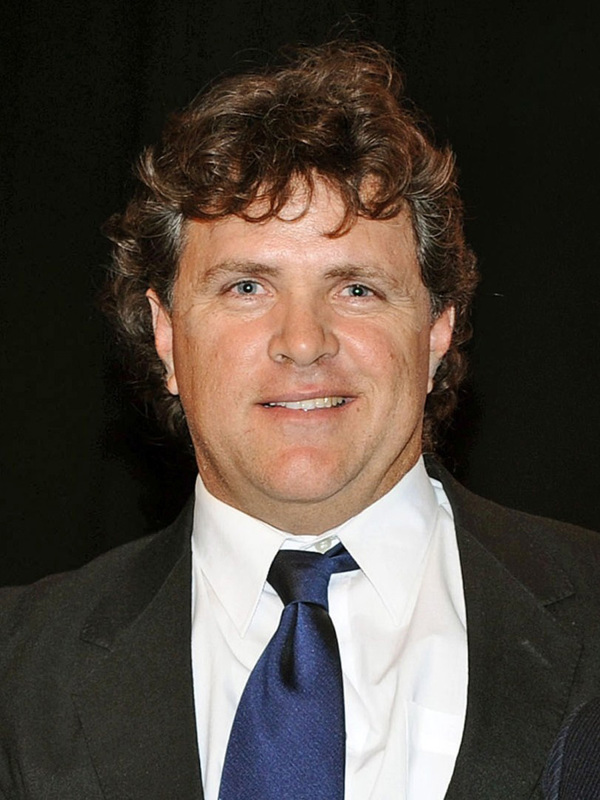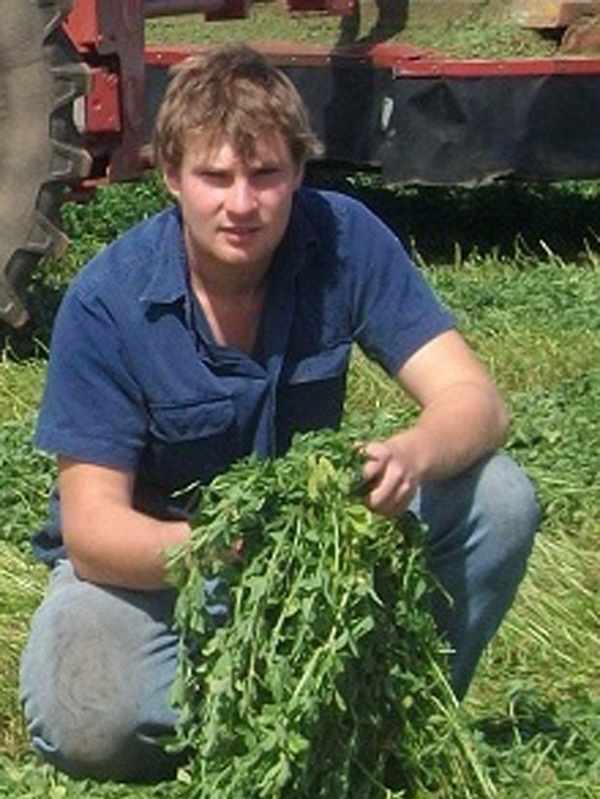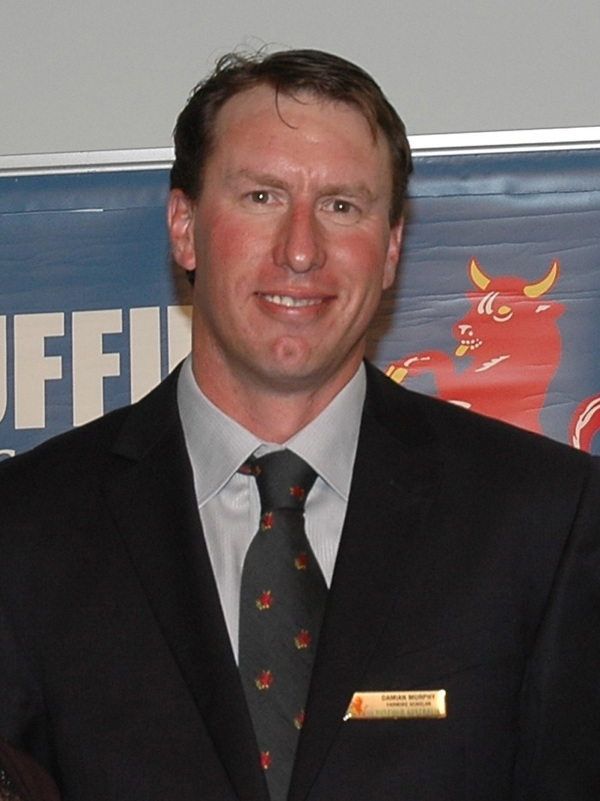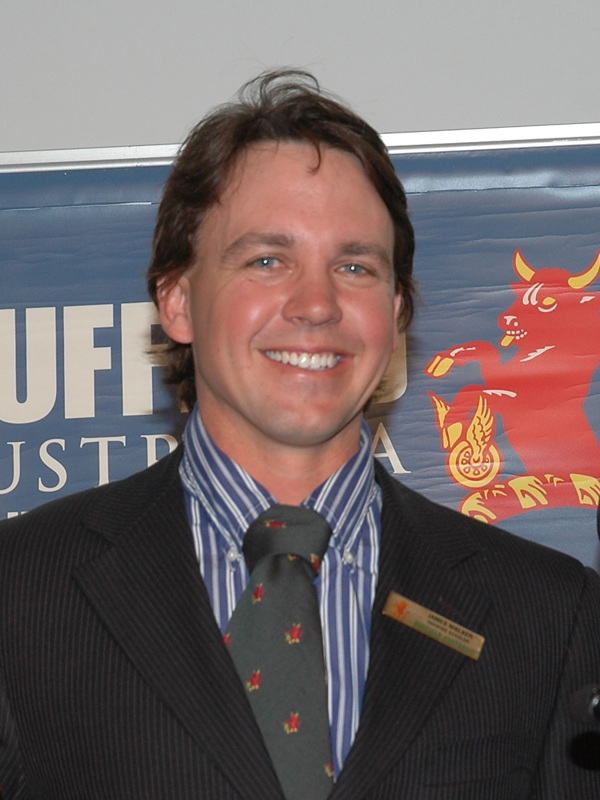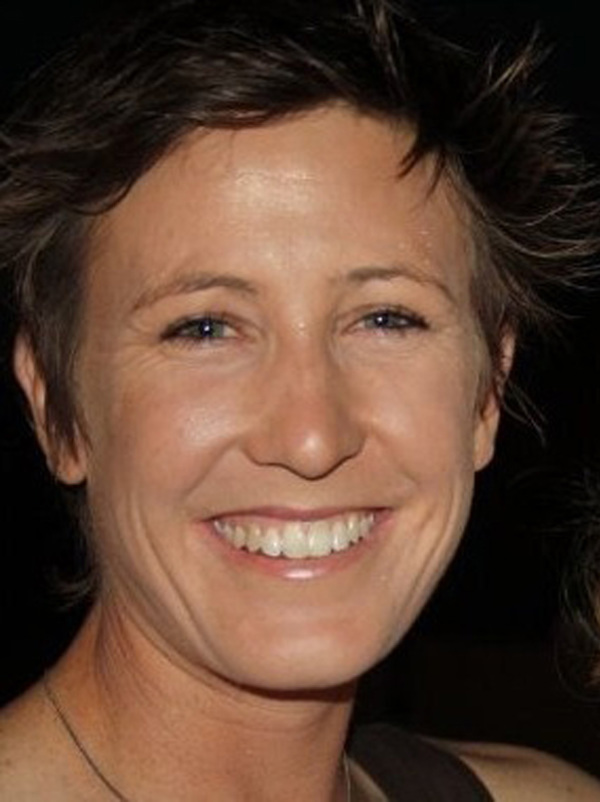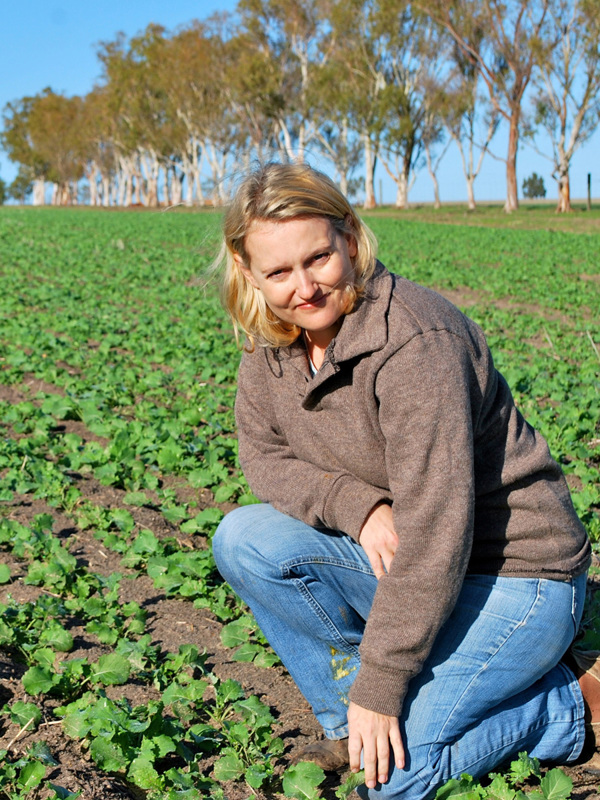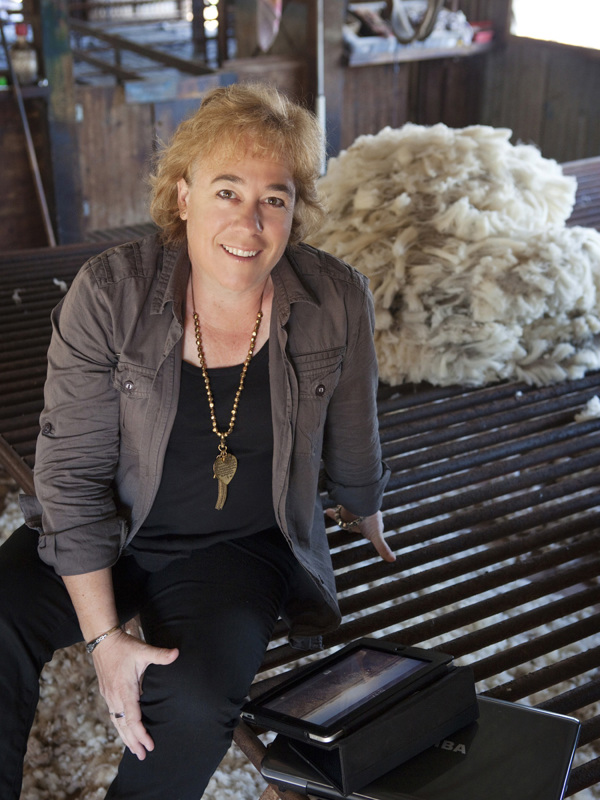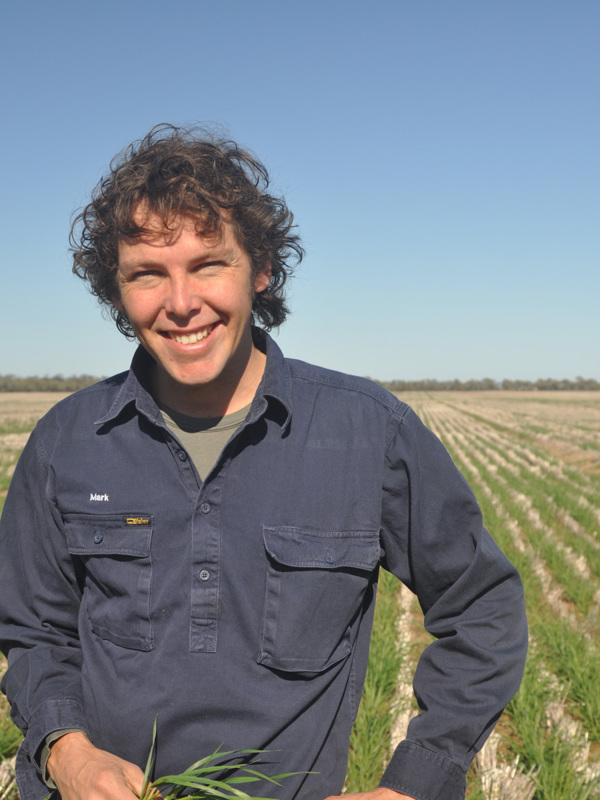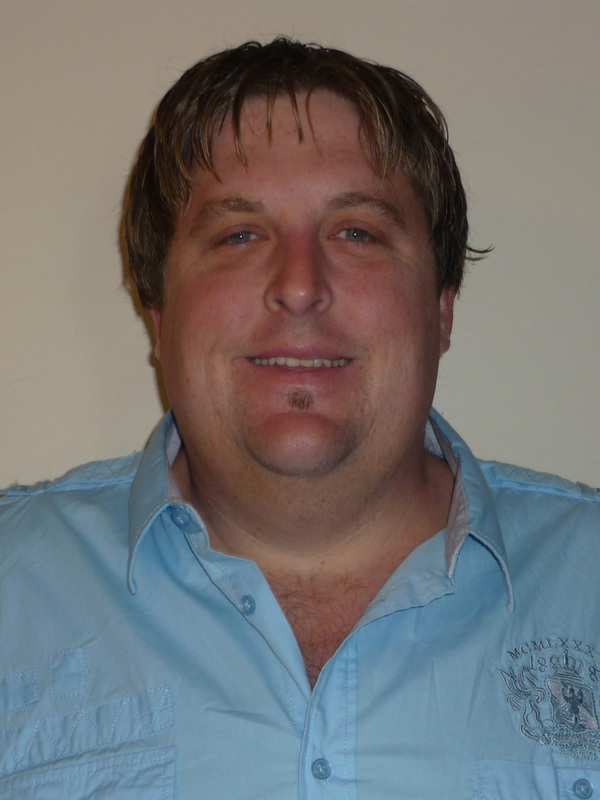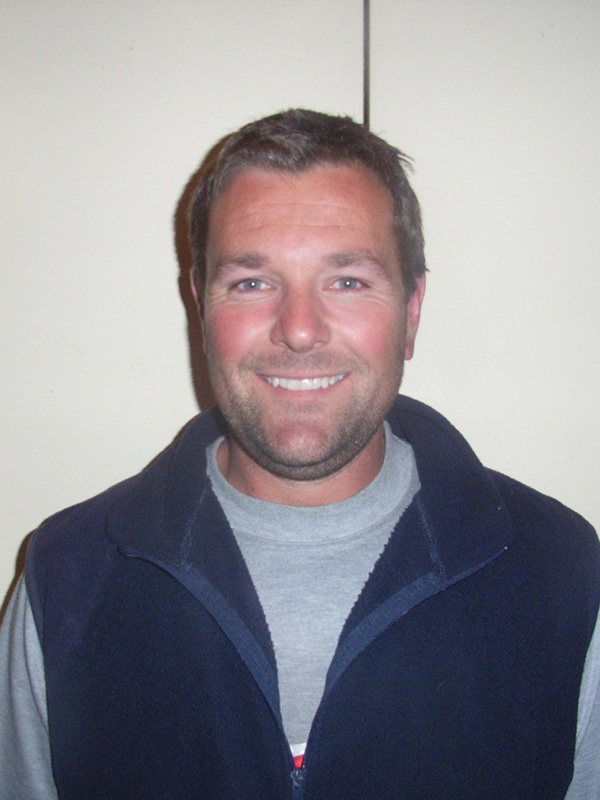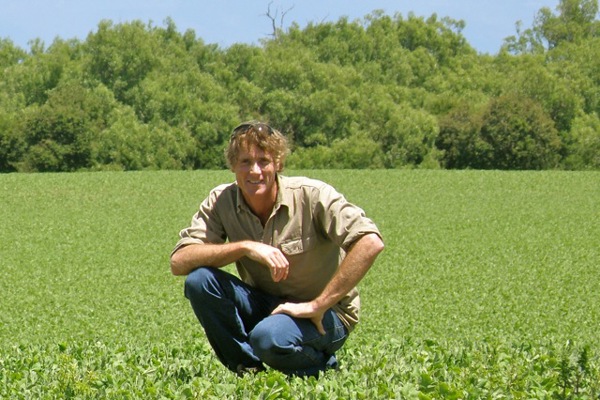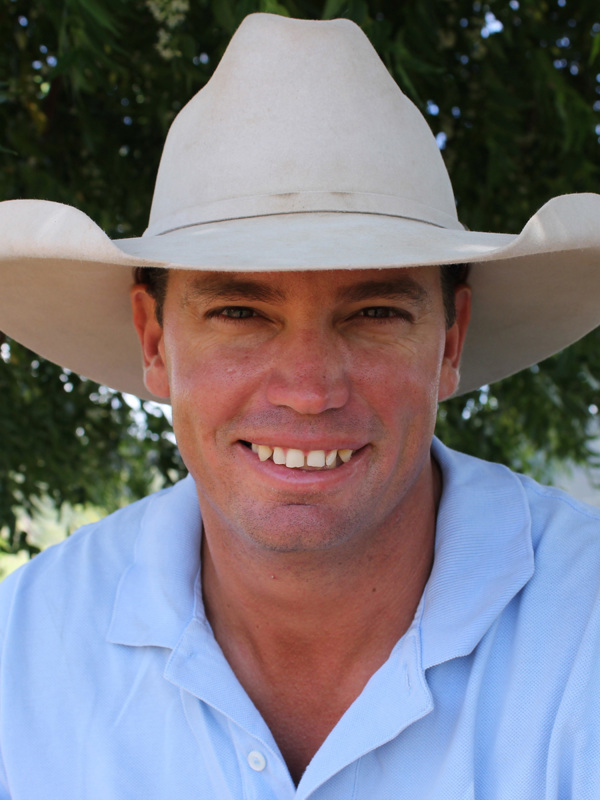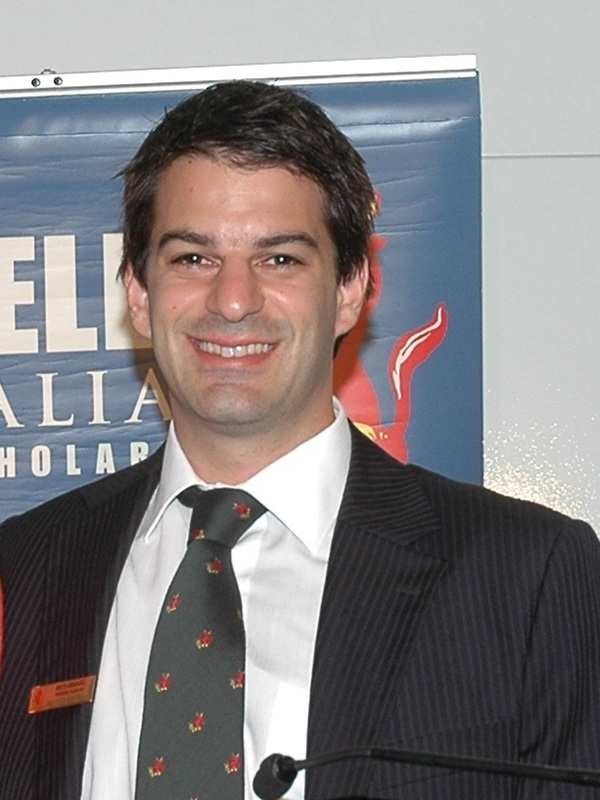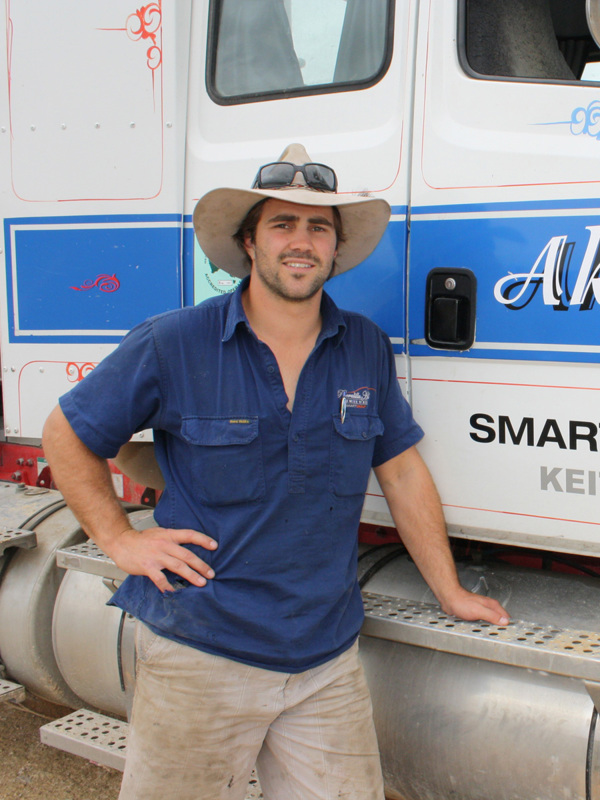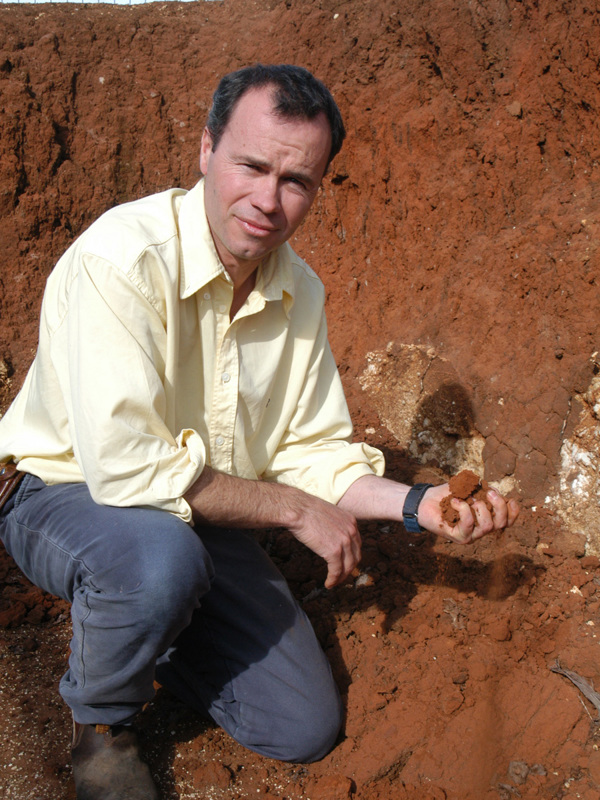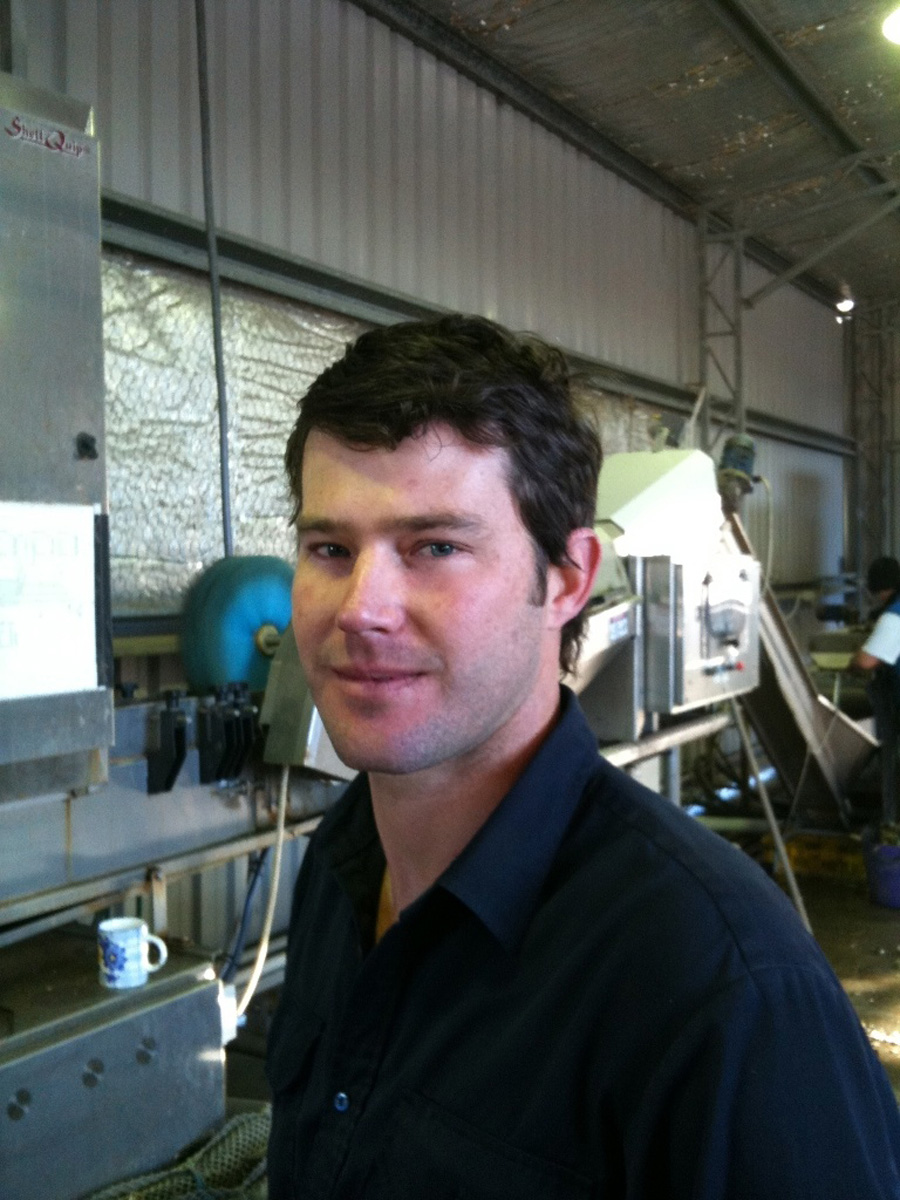
Ewan McAsh

While the NSW oyster industry may be, in local farmer Ewan McAsh’s own words, ‘insignificant’ in world terms, it’s nothing a good dose of ambition and strategy can’t overcome. The Burill Lake oyster producer and oyster bar owner can’t help but be enthusiastic about his industry after his scholarship. He took on the challenge of a scholarship with an aim to revitalise his industry through strategic planning.
“The NSW oyster industry has been in decline for the last 30 years, even though we’ve got very favourable conditions for growth, in terms of demand and our environmental capacity. I really wanted to get an understanding of how we could turn that around, as it didn’t seem market forces or individual businesses, even though they were hard-working and innovative, were turning the tide on this declining production,” he explains.
The seeds of strategic planning as a tool for industry revitalisation were planted way back in 2004, when Ewan first started farming. He was inspired by a talk from Ian Sutton from the Winemakers Federation of Australia, who spoke about how strategic planning was used to revitalise the wine industry. Fast forward nearly a decade and Ewan was using that motivation to search for a solution for his own industry. After spending six weeks travelling the world with a group of fellow Nuffield scholars, learning about all kinds of agricultural systems, he then was able to drill down into his own topic. Ewan set his itinerary by identifying seafood consumption and marketing potential, with China, USA, Belgium and Spain all included.
“I went out to look at oysters, but also a lot of marketing and export, really trying to gauge the demand for oysters on the world market and therefore the export potential. The real highlights for me were seeing oysters consumed everywhere in the world – for example, I was eating French oysters in the Ukraine – and demand for oysters everywhere I went, people were just saying, we love oysters, can you get them to us?” Ewan says.
He also found a highlight in India, which really challenged his perceptions that farms have to be large scale with efficiencies and volume.
“The NSW oyster industry is made up of a lot of small farmers, and it made me realise that could be an asset for us into the future,” Ewan says.
The question of logistics still remains however, with large number of consumers that are willing but many kilometres from Burill Lake.
“There are some big markets out there in terms of Europe and America, and I think Australian farmers do very well in terms of their farming operations but being so far away from those markets is a bit of a challenge. It makes it more important than ever to be ambitious and strategic about trying to unlock the potential of our industry – we are insignificant when it comes to other seafood industries around the world and also the demand for our product. If we are in any way going to take advantage of that market, we need to have a whole of industry approach and be very strategic with how we deal with the capacity within our industry,” Ewan concludes.
